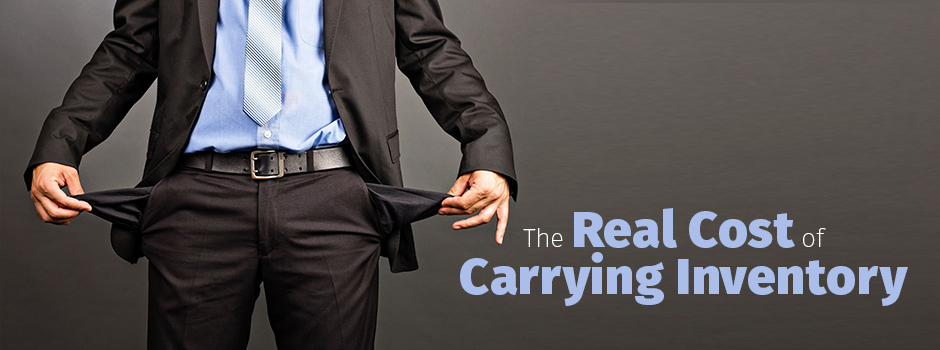Inventory primarily occupies the current asset position in a company’s balance sheet. It is generally the most substantial portion of current assets. This stock is also known by the name “Inventory at hand’. It is a standard practice of every company to keep a part of the inventory in hand to fulfil unexpected sales orders. The cost of maintaining and holding this inventory or stock is known as carrying costs or inventory carrying cost.
Inventory carrying cost refers to the cost incurred by the company in a certain period to hold that particular stock. It includes expenses like taxes, employee wages, insurance, depreciation, storage cost, utilities, and so on. It is generally getting divide into four main components:
- Capital costs
- Storage costs
- Inventory service cost (maintaining the stock)
- Inventory risk cost
Capital cost
It is the cost of money or capital held by the inventory. The opportunity cost of money is another term for capital cost. In the absence of stock, this capital cost will be useful for the expansion of the business.
Usually, the capital costs are the percentage of the full inventory value. For example, if a company says that its Inventory carrying cost is 20% of its total inventory value, and the value is $5000:
The carrying cost= $5000X 20% = $1000
Storage cost
Storage cost includes the variables of warehouse rent, utilities and the handling costs involved in the transportation of stock. Even though specific fix costs such as rent or mortgage, and there will be a variation in transportation and stock handling costs.
Inventory service cost
Inventory carrying cost also includes insurances and taxes payable to the government. The insurance type generally depends upon the kind of inventory stored and its level. The higher the value and the level of the stock, the higher the insurance premium. The local taxes payable are also part of this service cost.
Inventory risk cost
Storing inventory in warehouses has its risks and calculate it with other variables to arrive at Inventory carrying the cost. When a business stores its inventory, it always comes with the risk of undervaluation or obsolescence. In the case of manufacturing companies, the spare parts that have become obsolete carry a low resale price. If it is retail, the risk is even more, as the finished products might be seasonal. At the same time, naturally occurring damages are a part of this cost. Inventory risk cost also includes the risk of theft and pilferage.
The formula for calculating Inventory carrying cost:
Inventory carrying cost= Capital cost + Storage cost + Inventory service cost + Inventory risk cost
Why is it vital for a business to have an accurate value of inventory carrying cost?
- Most companies carry around 20%-30% of their inventory value which is a significant factor in financial computations
- It helps the business in determining the optimal level of inventory.
- Aid in calculating production increase or decrease to maintain the desired balance of income-expenses.
- Helps in figuring out the profit ratio of the current inventory levels.
Most often, many companies fail to understand to take into account the Inventory carrying cost when planning cost-reduction. Businesses need to calculate and examine the value of their Inventory carrying a cost to reduce overhead and miscellaneous costs. Optimising this carrying cost helps in production and sale. The company needs to look at its supply chain costs with Inventory carrying cost as one of its factors. Doing so will help the company in achieving optimum inventory levels and profitable numbers.

 Start using ZapInventory today
Start using ZapInventory today
